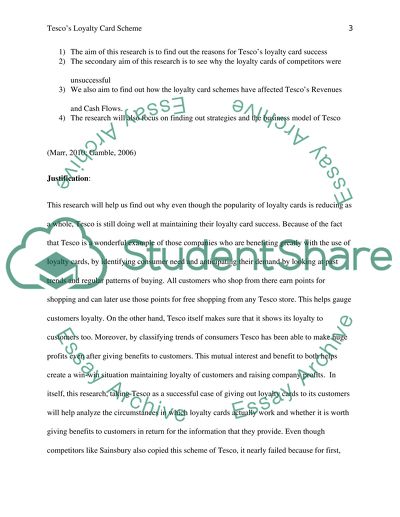Cite this document
(“Why has Tesco's loyal card scheme been successful where competitors' Dissertation”, n.d.)
Retrieved from https://studentshare.org/marketing/1397398-why-has-tesco-s-loyal-card-scheme-been-successful
Retrieved from https://studentshare.org/marketing/1397398-why-has-tesco-s-loyal-card-scheme-been-successful
(Why Has Tesco'S Loyal Card Scheme Been Successful Where competitors' Dissertation)
https://studentshare.org/marketing/1397398-why-has-tesco-s-loyal-card-scheme-been-successful.
https://studentshare.org/marketing/1397398-why-has-tesco-s-loyal-card-scheme-been-successful.
“Why Has Tesco'S Loyal Card Scheme Been Successful Where competitors' Dissertation”, n.d. https://studentshare.org/marketing/1397398-why-has-tesco-s-loyal-card-scheme-been-successful.


